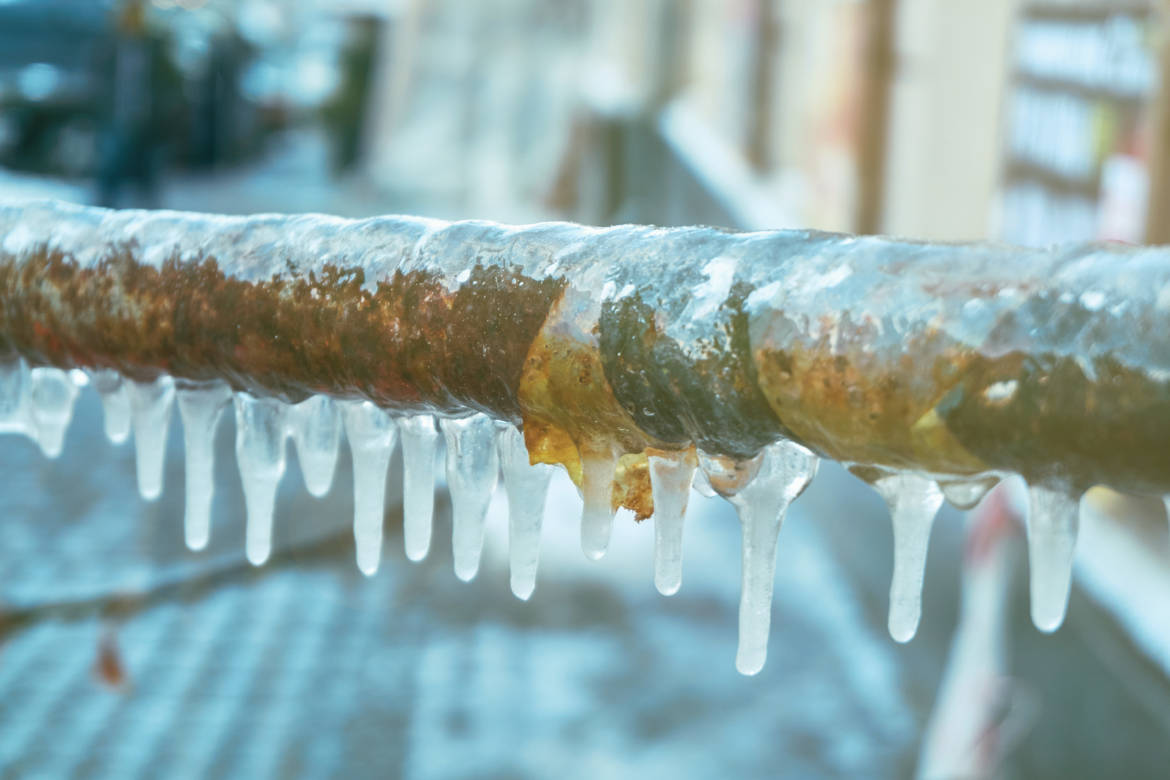Important Advice to Prevent Frozen Plumbing in Winter: Professional Insights
Important Advice to Prevent Frozen Plumbing in Winter: Professional Insights
Blog Article
We've stumbled upon this post involving Prevent Frozen Pipes below on the net and figured it made sense to discuss it with you in this article.

Winter can damage your plumbing, specifically by freezing pipes. Right here's how to stop it from occurring and what to do if it does.
Introduction
As temperature levels drop, the threat of frozen pipelines boosts, possibly leading to expensive repairs and water damages. Understanding exactly how to prevent icy pipelines is crucial for home owners in chilly climates.
Prevention Tips
Protecting susceptible pipelines
Wrap pipes in insulation sleeves or use warmth tape to shield them from freezing temperature levels. Focus on pipelines in unheated or outside areas of the home.
Heating strategies
Maintain indoor rooms appropriately heated, especially locations with pipes. Open cabinet doors to allow warm air to flow around pipes under sinks.
How to determine icy pipelines
Try to find reduced water circulation from taps, unusual odors or noises from pipes, and noticeable frost on revealed pipes.
Long-Term Solutions
Structural modifications
Take into consideration rerouting pipes away from exterior walls or unheated areas. Add extra insulation to attics, cellars, and crawl spaces.
Updating insulation
Invest in premium insulation for pipelines, attics, and walls. Correct insulation assists keep constant temperatures and reduces the risk of icy pipelines.
Safeguarding Outdoor Pipes
Yard hoses and outdoor taps
Detach and drain yard hose pipes prior to winter months. Mount frost-proof spigots or cover exterior taps with insulated caps.
Recognizing Frozen Pipes
What triggers pipelines to ice up?
Pipelines freeze when exposed to temperature levels listed below 32 ° F (0 ° C) for prolonged durations. As water inside the pipelines ices up, it increases, taxing the pipeline wall surfaces and possibly creating them to burst.
Threats and problems
Icy pipes can cause water disturbances, property damage, and costly repairs. Ruptured pipelines can flooding homes and cause considerable structural damages.
Indications of Frozen Pipes
Identifying icy pipelines early can prevent them from breaking.
What to Do If Your Pipelines Freeze
Immediate actions to take
If you presume icy pipelines, maintain faucets open to ease pressure as the ice thaws. Make use of a hairdryer or towels taken in hot water to thaw pipes gradually.
Final thought
Preventing icy pipelines requires positive steps and fast feedbacks. By comprehending the reasons, signs, and safety nets, homeowners can shield their plumbing throughout cold weather.
5 Ways to Prevent Frozen Pipes
Drain Outdoor Faucets and Disconnect Hoses
First, close the shut-off valve that controls the flow of water in the pipe to your outdoor faucet. Then, head outside to disconnect and drain your hose and open the outdoor faucet to allow the water to completely drain out of the line. Turn off the faucet when done. Finally, head back to the shut-off valve and drain the remaining water inside the pipe into a bucket or container. Additionally, if you have a home irrigation system, you should consider hiring an expert to clear the system of water each year.
Insulate Pipes
One of the best and most cost-effective methods for preventing frozen water pipes is to wrap your pipes with insulation. This is especially important for areas in your home that aren’t exposed to heat, such as an attic. We suggest using foam sleeves, which can typically be found at your local hardware store.
Keep Heat Running at 65
Your pipes are located inside your walls, and the temperature there is much colder than the rest of the house. To prevent your pipes from freezing, The Insurance Information Institute suggests that you keep your home heated to at least 65 degrees, even when traveling. You may want to invest in smart devices that can keep an eye on the temperature in your home while you’re away.
Leave Water Dripping
Moving water — even a small trickle — can prevent ice from forming inside your pipes. When freezing temps are imminent, start a drip of water from all faucets that serve exposed pipes. Leaving a few faucets running will also help relieve pressure inside the pipes and help prevent a rupture if the water inside freezes.
Open Cupboard Doors
Warm your kitchen and bathroom pipes by opening cupboards and vanities. You should also leave your interior doors ajar to help warm air circulate evenly throughout your home.

As a serious person who reads about Helpful Tips to Prevent Frozen Pipes this Winter, I assumed sharing that piece of content was a smart idea. Are you aware of anybody else who is very much interested in the niche? Please feel free to share it. I am grateful for being here. Come back soon.
Give Me A Quote! Report this page